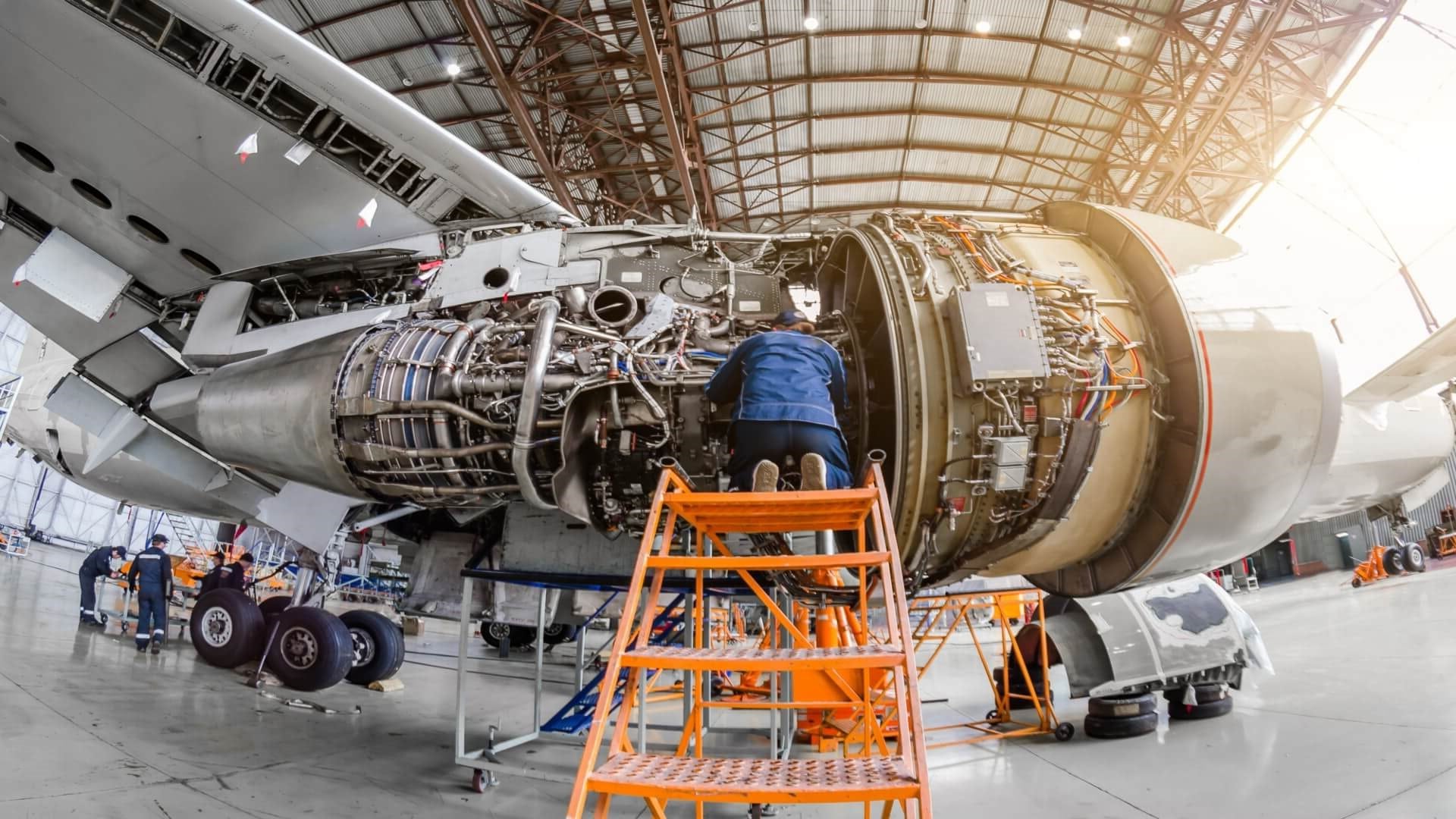
Aircraft maintenance is a critical aspect of aviation that ensures the safety and efficiency of every flight. Ever wondered what goes on behind the scenes to keep planes in top shape? From routine checks to major overhauls, the process involves meticulous attention to detail and a deep understanding of engineering principles. Technicians and engineers work tirelessly to inspect, repair, and upgrade various components, ensuring each aircraft meets stringent safety standards. This blog post will dive into 17 fascinating facts about aircraft maintenance, shedding light on the complexities and importance of this essential field. Buckle up and get ready to learn!
Key Takeaways:
- Aircraft maintenance is crucial for safe and efficient air travel. It involves routine checks, advanced technology, and skilled technicians working around the clock to ensure planes are always ready to fly.
- Innovations in aircraft maintenance, such as predictive maintenance and 3D printing, are revolutionizing the industry. Sustainable practices and future technologies like AI and electric aircraft are shaping the promising future of aircraft maintenance.
The Importance of Aircraft Maintenance
Aircraft maintenance ensures the safety and efficiency of air travel. It involves regular inspections, repairs, and upgrades to keep planes in top condition. Here are some fascinating facts about this crucial process.
-
Aircraft undergo routine checks called A, B, C, and D checks. Each type of check varies in complexity and frequency. A checks are light and occur every 400-600 flight hours, while D checks are extensive and happen every 6-10 years.
-
A single D check can take up to two months to complete. This involves disassembling the aircraft, inspecting every part, and then reassembling it. It’s like giving the plane a complete makeover.
-
Maintenance teams use advanced technology like drones and robots. These tools help inspect hard-to-reach areas, making the process faster and more accurate.
The Role of Technicians and Engineers
Behind every safe flight are skilled technicians and engineers. They play a vital role in maintaining aircraft and ensuring everything runs smoothly.
-
Aircraft maintenance technicians (AMTs) must be certified by aviation authorities. In the U.S., the Federal Aviation Administration (FAA) certifies AMTs, requiring rigorous training and exams.
-
Engineers design maintenance programs tailored to each aircraft model. These programs specify when and how maintenance should be performed, ensuring consistency and safety.
-
Technicians often work in shifts around the clock. Aircraft maintenance is a 24/7 job because planes need to be ready to fly at any time.
Safety Measures and Regulations
Safety is the top priority in aircraft maintenance. Strict regulations and measures are in place to protect passengers and crew.
-
The International Civil Aviation Organization (ICAO) sets global standards. These standards ensure uniformity in maintenance practices worldwide.
-
Aircraft parts are tracked using unique serial numbers. This helps in monitoring their usage and ensuring they are replaced before they wear out.
-
Regular audits and inspections are conducted by aviation authorities. These audits ensure that maintenance practices comply with regulations and standards.
Innovations in Aircraft Maintenance
The field of aircraft maintenance is constantly evolving with new technologies and methods to improve efficiency and safety.
-
Predictive maintenance uses data analytics to foresee potential issues. By analyzing data from sensors, technicians can address problems before they become serious.
-
3D printing is used to create replacement parts quickly. This technology reduces downtime by producing parts on-demand.
-
Augmented reality (AR) assists technicians during repairs. AR provides real-time information and guidance, making the repair process more efficient.
Environmental Impact and Sustainability
Aircraft maintenance also focuses on reducing the environmental impact of aviation. Sustainable practices are becoming more common in the industry.
-
Recycling and reusing aircraft parts is a growing trend. This reduces waste and the need for new materials.
-
Eco-friendly cleaning products are used during maintenance. These products minimize harmful chemicals released into the environment.
-
Fuel efficiency improvements are a key focus. Maintenance teams work on optimizing engines and aerodynamics to reduce fuel consumption.
The Future of Aircraft Maintenance
As technology advances, the future of aircraft maintenance looks promising with even more innovations on the horizon.
-
Artificial intelligence (AI) will play a bigger role. AI can analyze vast amounts of data to predict maintenance needs and optimize schedules.
-
Electric and hybrid aircraft will require new maintenance techniques. As these aircraft become more common, technicians will need to adapt to new systems and technologies.
Keeping Aircraft Safe and Sound
Aircraft maintenance is no small feat. From routine inspections to complex repairs, every step ensures the safety and reliability of flights. Technicians work tirelessly, often behind the scenes, to keep planes in top shape. They follow strict regulations and use advanced technology to detect and fix issues before they become problems.
Understanding the importance of this work helps us appreciate the dedication and expertise involved. Next time you board a plane, remember the countless hours of maintenance that make your journey possible. It’s a testament to human ingenuity and commitment to safety.
Aircraft maintenance isn't just about fixing things; it's about preventing issues, ensuring efficiency, and keeping the skies safe for everyone. So, hats off to the unsung heroes who make air travel possible and safe every day.
Frequently Asked Questions
Was this page helpful?
Our commitment to delivering trustworthy and engaging content is at the heart of what we do. Each fact on our site is contributed by real users like you, bringing a wealth of diverse insights and information. To ensure the highest standards of accuracy and reliability, our dedicated editors meticulously review each submission. This process guarantees that the facts we share are not only fascinating but also credible. Trust in our commitment to quality and authenticity as you explore and learn with us.


